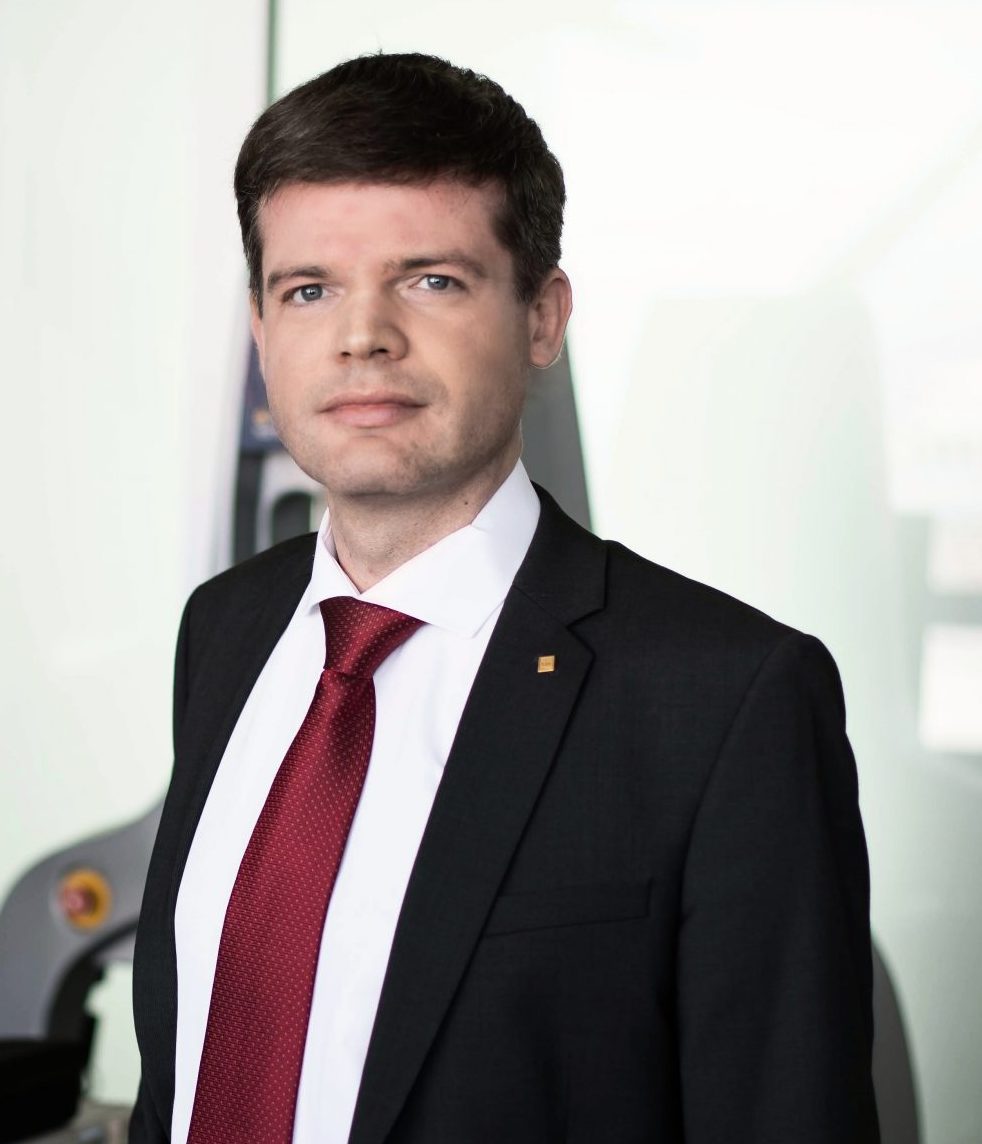Renaldas Raišutis is a Professor at KTU Faculty of Eletrical and Electronics Engineering. He is a Chief researcher at Prof. K. Baršauskas Ultrasound Research Institute and a Head of Laboratory of Numerical Simulations.
The scientist is the author and co-author of more than 100 different scientific publications and conference reports, co-author of 6 international patents (5 US patents and 1 EU), filed 7 international patent applications (5 US applications, 2 EU applications), co-author of 1 national patent and filed 2 national patent applications. R. Raišutis coordinates the international research infrastructure “Ultratest: Ultrasonic Non-Destructive Testing, Measurement and Diagnostic Centre”.


